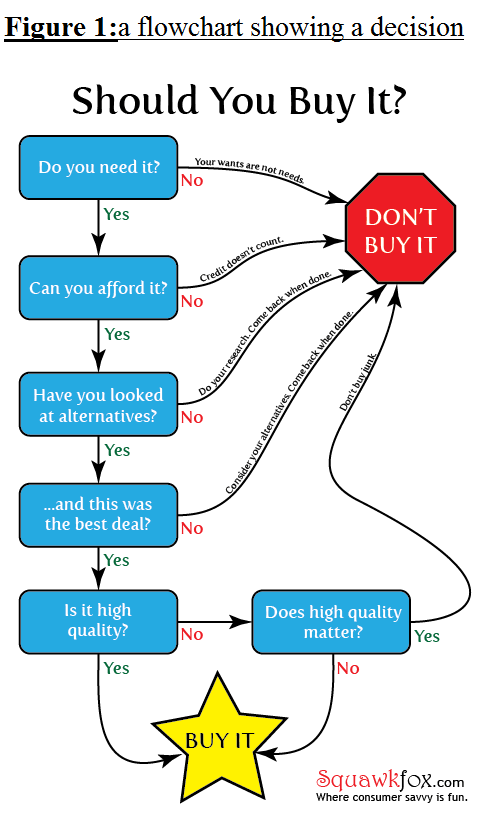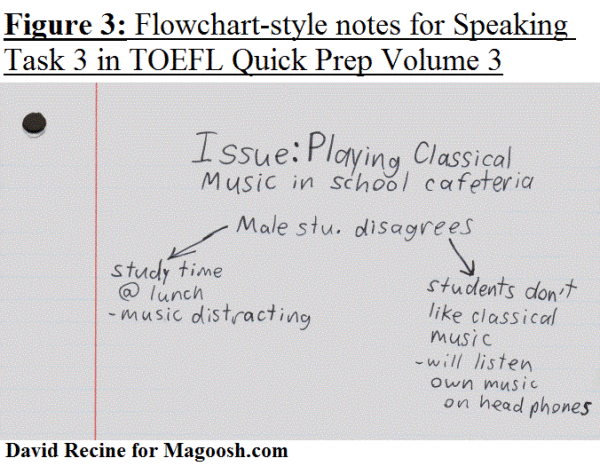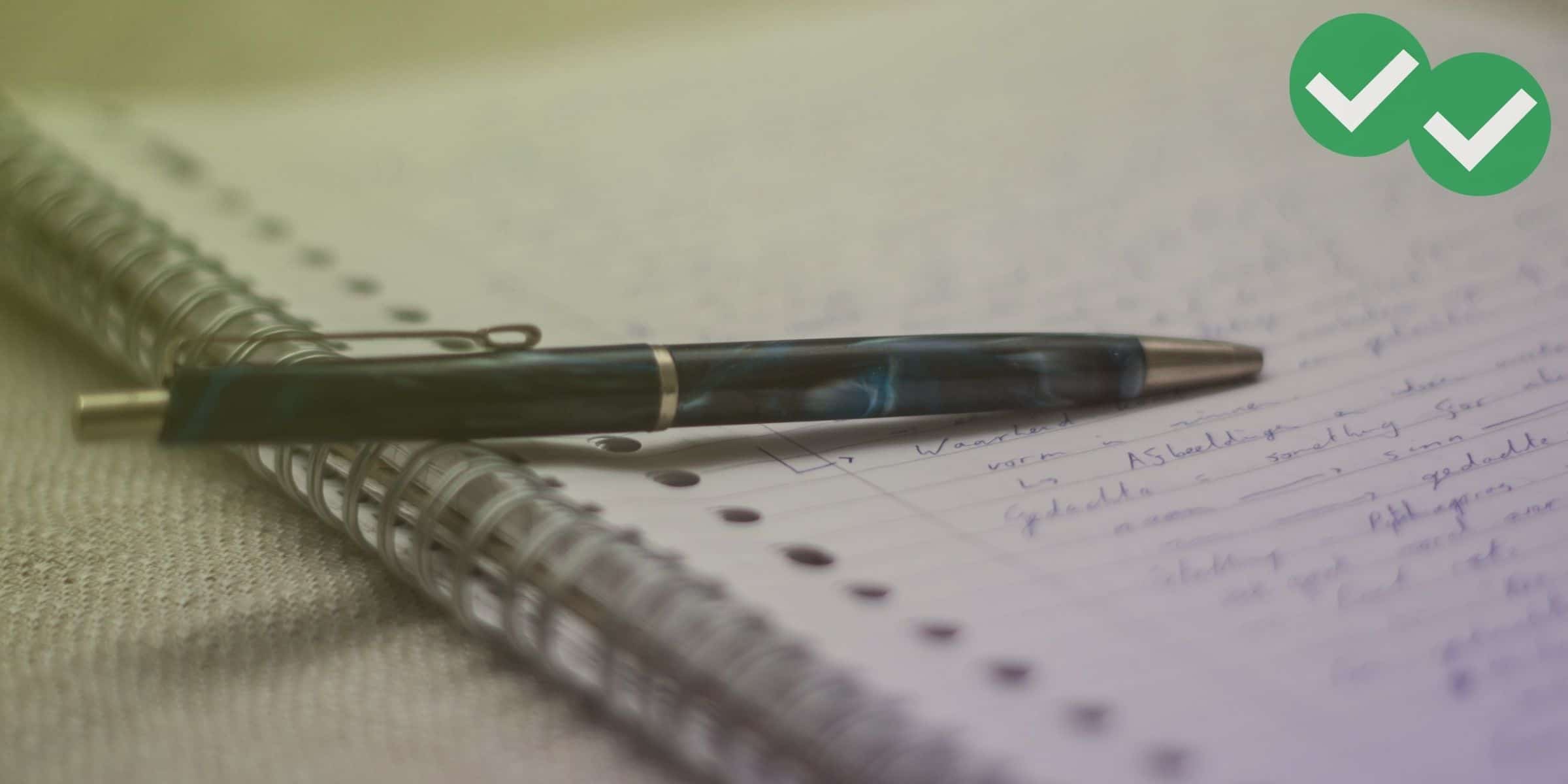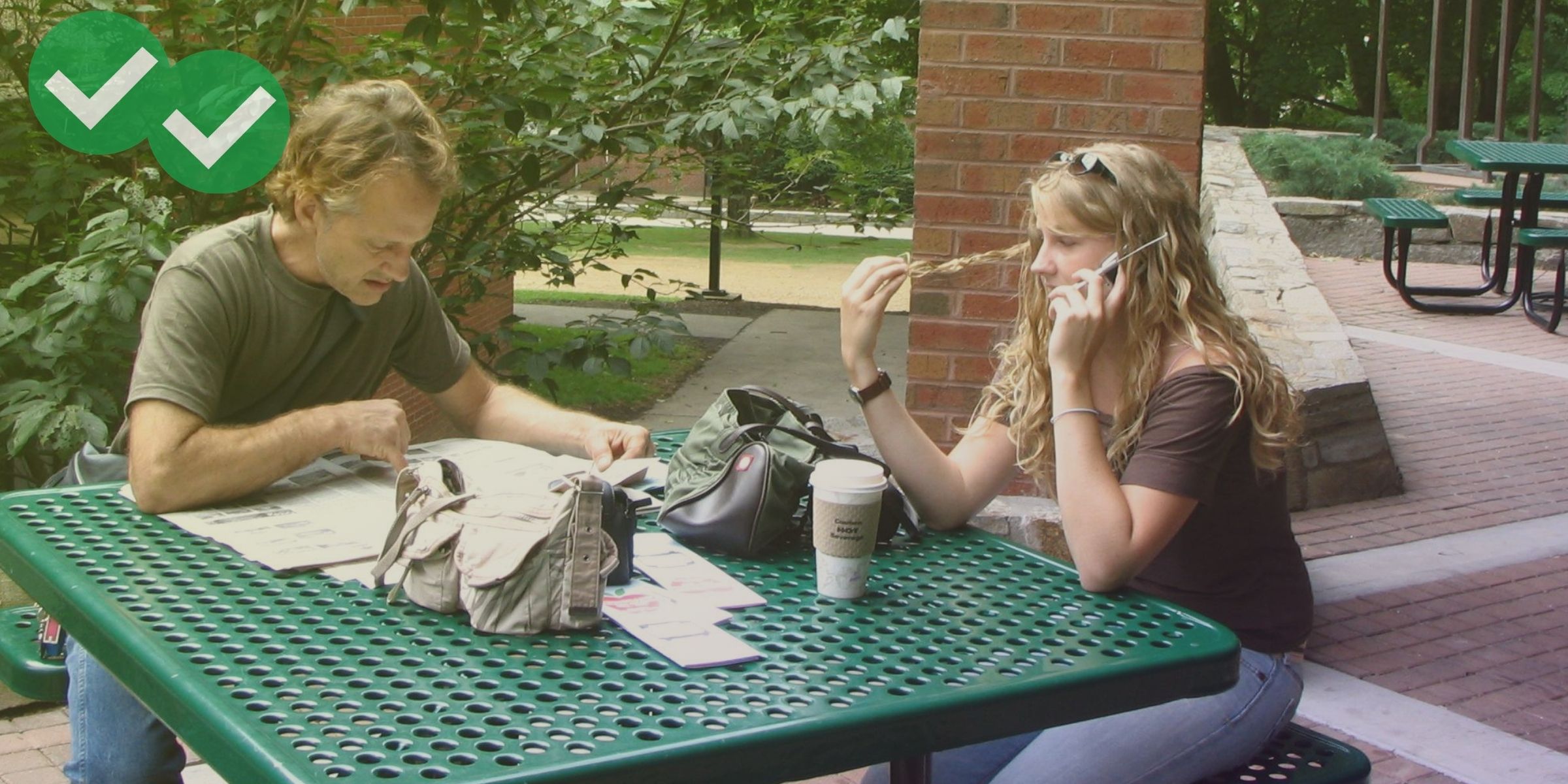Flowcharts are common kind of visual in the business world. They’re often used to illustrate the processes for making decisions (figure 1 below), and completing tasks (figure 2).


Flowcharts are also useful In TOEFL Speaking, because Integrated Speaking conversations can also be seen in terms of processes, tasks, and decisions. In Speaking Task 2, one student gives an opinion and supports it. A flow chart can be created to show the process behind the student’s argument—the opinion he or she has arrived at, and the ideas given to justify the opinion.
Below is an example flowchart for a TOEFL Integrated Speaking conversation. Figure 3 is a flowchart for Speaking Task 3 (renamed Task 2 on the current TOEFL!) on page 18 of Quick Prep Volume 3 (transcript on pages 37-38, audio here).

Note the way that flowcharts can simplify TOEFL Speaking Notes, giving them direction and focus. This works for conversations in TOEFL Listening too.






Leave a Reply